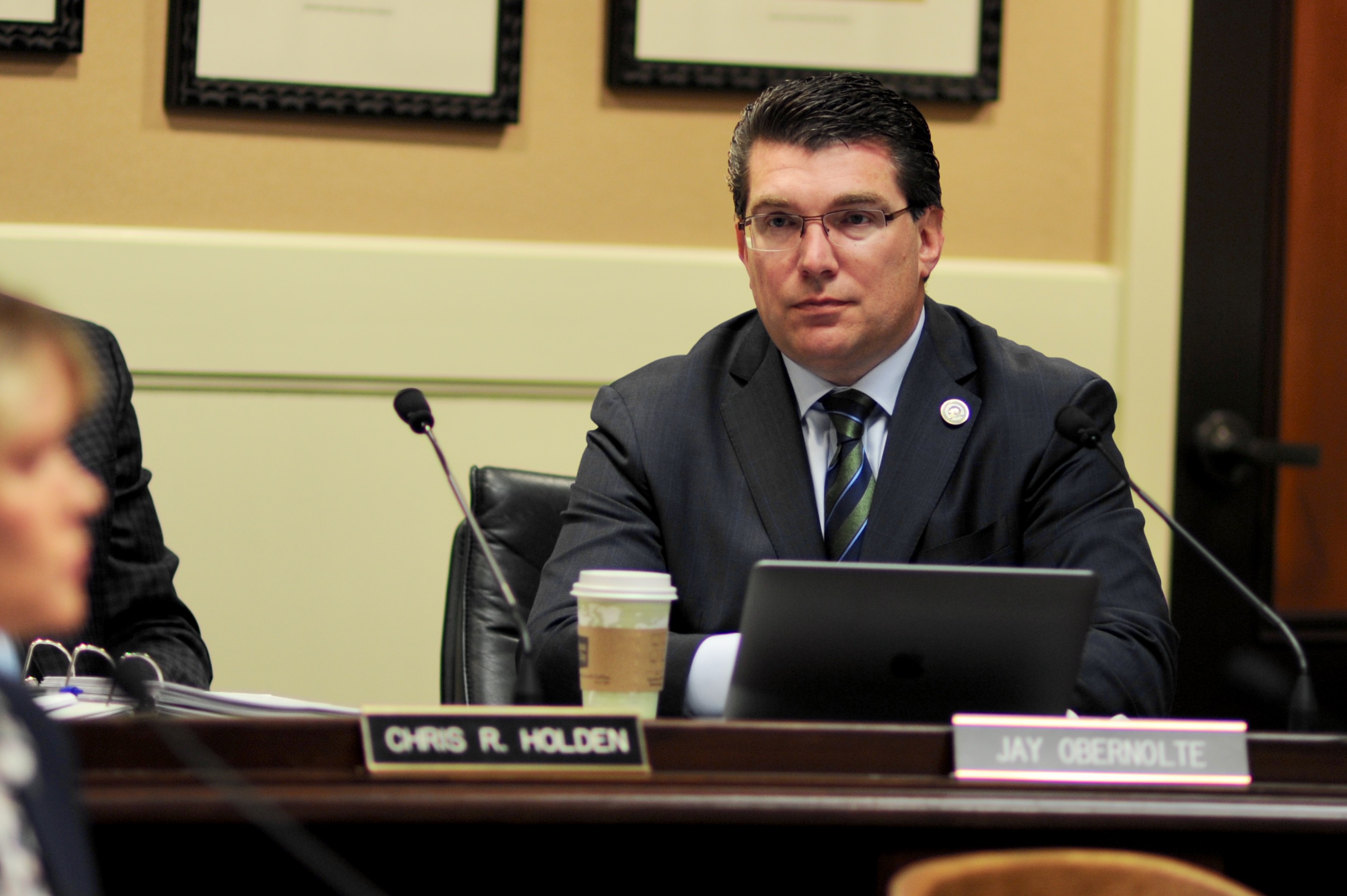
Rep. Doug LaMalfa (https://lamalfa.house.gov/)
2020 Q1 Campaign Finance: What 1st Congressional District Candidates Raised And Spent
Despite Denney outraising and outspending LaMalfa, she comes into second facing a harder Q2
By Evan Symon, April 18, 2020 9:12 am
Most “landslide” districts tend to have a usual pattern. One strong party member usually dukes it out in the primary and faces either a strong challenger from their own party or faces a member from another party who somehow beat all the others. In the former’s case you can expect a lot of money to be thrown around, while in the latter’s case they’ll just throw in a little bit to make an effort and hope a huge scandal elevates them by election day.
In California’s North State 1st district, which comprises of 8 counties and three partial counties in the very North-Northeast of the state, something of an anomaly happened. While incumbent Congressman Doug LaMalfa (R-CA) won the primary with 55% of the vote, his Democratic challenger, Audrey Denney, received only 39% yet managed to out raise and out spend LaMalfa. As 2018’s race was close with a 55% to 45% finish as well, the 1st has become something of a hot race. And that means a lot of receipts and expenses on both sides.
Doug LaMalfa
A Congressman since 2013, LaMalfa received $699,000 in the first quarter while disbursing $269,000. As the only Republican in the primary, most donors to the right contributed to him.
LaMalfa received donations from many farms groups. This included his highest total cumulative group which comprised of some employees and their family members from Crain Ranch, a large walnut ranch and processing facility, who gave a total of $14,000. Rice grower Montna Farms and the California Farm Bureau also had donors give significant amounts of $8,400 and $7,500 respectively. House Minority Leader Kevin McCarthy’s (R-CA) PAC Majority Committee gave the legal max of $10,000 with the National Auto Dealer’s Association matching that as well. Unsurprisingly, agriculture and crop production was the top sector donating to him.
The Congressman also received nearly $200,000 in business interest PAC money alone while Denney received no business PAC money and barely received PAC money as well. He also received more out-of-state funding than Denney.
Audrey Denney

Denney, a former agricultural professor and 2018 Congressional candidate, outperformed LaMalfa in donations. She got $860,000 in Quarter 1 receipts and disbursed $513,000. Despite her high spending she only got second place in the primary, but unlike 2018, voter recognition of her is now much higher.
Accounting and consulting firm Armanino was her largest donor in terms of some employees and employees families who gave a combined $11,200. Donors from her former teaching home of California State University Chico gave $6,500 with St. Cross Episcopal Church donors giving over $8,000 in total. While education and business sectors manage to give a lot, her largest donor sector, by far, was retirees, who donated over $200,000.
Denney had an unusually high number of donors listing churches as their place of employment, with over a handful of churches recording a total of over $2,000 or more coming from donors. She also recorded less than $18,000 in PAC donations, choosing to go for the more individual donor route.
What this means for the 1st
Despite Denney out spending LaMalfa in the first quarter, LaMalfa won the blood red district easily. His lighter run in the primary also means he has over $200,000 more cash on hand than Denney. With fundraisers and industries currently suffering, having that much more early cash can be crucial. LaMalfa also has key donation support from the agriculture sector and PACs, both of which are still doing relatively financially fine in the wake of the coronavirus as opposed to many of Denney’s supporters, who may not be able to donate as much as Q1.
Denney still has a chance at the win, but her possible drop off in donations will hurt, especially when it comes to closer to November. Meanwhile LaMalfa can’t slacken up either. He has access to industries and people still chugging along in a recession – that’s valuable, and it’s something most candidates in non-agricultural areas would kill for in 2020.
With polls and the primary result beginning to mirror the 2018 race in many respects, LaMalfa looks like he can cruise in to victory. Both candidates will see funds drop off in Q2 and probably Q3, so funding now becomes a matter of who is smarter in getting it. The race is less than ten points, but right now financials point to LaMalfa being able to come up with the cash when needed, and that could make all the difference this fall.
- Bill to Require Law Enforcement Disclosure if AI Was Used To Help Write Reports - August 7, 2025
- Gov. Newsom Files FOIA Request To ‘Expose True Cost’ Of L.A. Federal Troop Deployment for Anti-ICE Riots - August 6, 2025
- California Redistricting: How Newsom’s Plan Will Demolish Hard Fought GOP Gains - August 6, 2025




